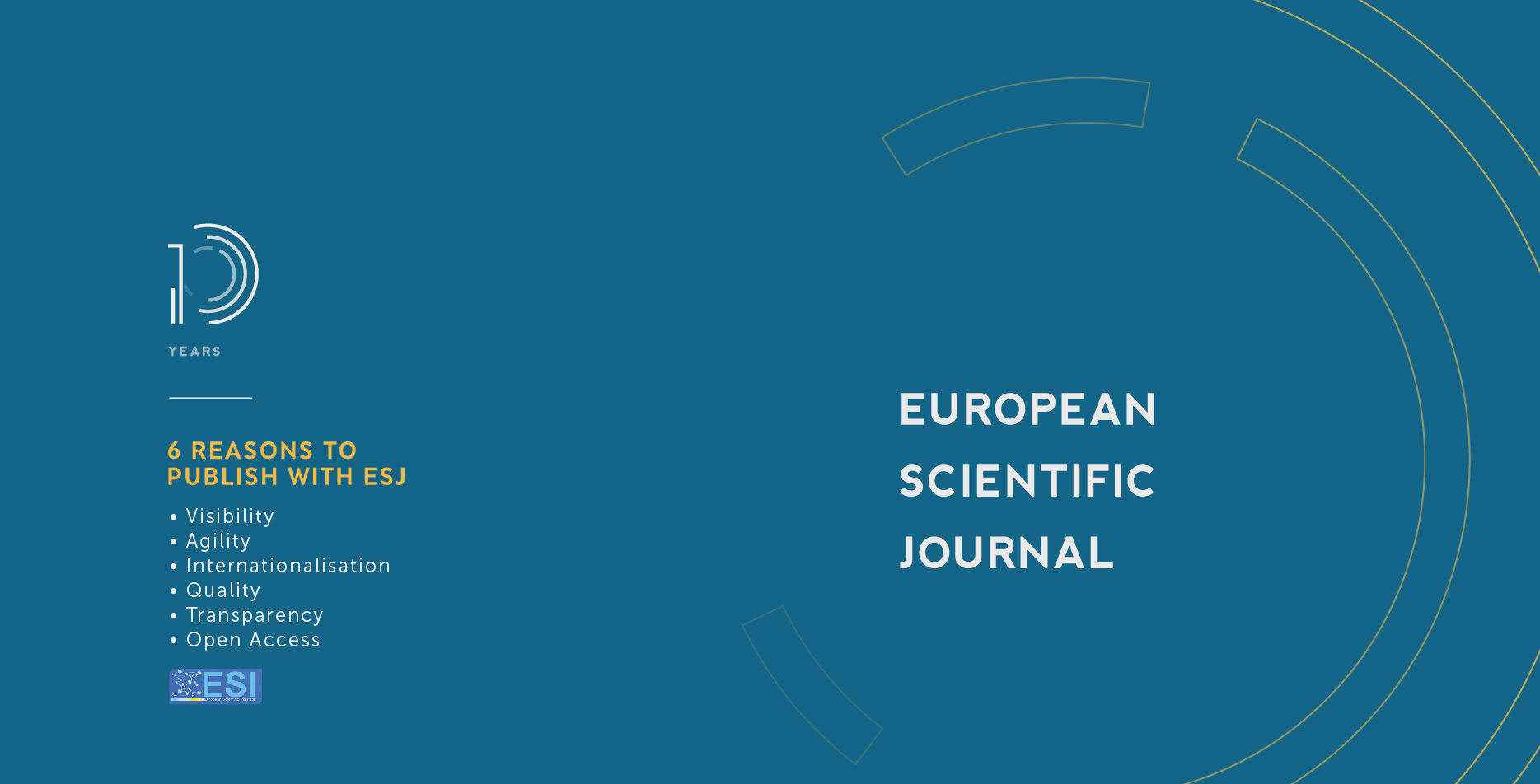Interaction between Food and Anticoagulants in Patients with Cardiovascular Diseases
Abstract
Cardiovascular diseases are one of the most common diseases in the world. Anticoagulants and other drugs are prescribed as a treatment for these diseases. However, polypharmacy may increase the risk of drug-drug or food-drug interactions and decrease patient compliance. Food-drug interactions may put the patient at risk for serious adverse effects and reduce the safety and efficacy of treatment. Food‐drug interaction is a common problem that has occurred as a result of the concomitant use of multiple drugs with food. Food-drug interaction is the term used to describe how food affects a medication in the body. Food can alter the effectiveness of the medication, make unwanted side effects better or worse, or even bring on brand-new negative effects. Drugs may alter how the body processes food. Consumption of foods that contain vitamin K makes anticoagulant therapy less effective. On the other hand, patients should be careful when consuming foods like garlic, ginseng, ginger, and ginkgo to avoid the undesirable effect of hemorrhage. Among the medical records examined, no advice or recommendations were provided regarding anticoagulant-food interactions, no details about the time of taking anticoagulant drugs and the exact time of eating meals were given and there were few instances in which medicine dosage was altered due to a food association. A majority of patients who completed an anonymous survey in community pharmacies were not informed about food-drug interactions. Healthcare professionals should advise patients taking anticoagulants to be careful with the food they consume and clinicians should manage the time and dose variability of the medicine so a successful therapy can be achieved.
Downloads
Metrics
PlumX Statistics
References
2. Boucher, J. n.d. Common Food-Drug Interactions
3. Bushra, R., Aslam, N., Khan, A. Y. (2011). Food-drug interactions, Oman Med J.;26(2):77-83.doi: 10.5001/omj.2011.21.
4. Choi, J. H., and Ko, Ch. M.(2017). Food and Drug Interactions, PMID: 28261555, DOI: 10.15280/jlm.2017.7.1.1
5. Fleisher D, Li C, Zhou Y, Pao L-H, Karim A. Drug, Meal and Formulation Interactions Influencing Drug Absorption After Oral Administration. Clin Pharmacokinet. 1999;36:233–54. DOI: 10.2165/00003088-199936030-00004. [PubMed] [CrossRef]
6. Genser D. Food and drug interaction: consequences for the nutrition/health status. Ann Nutr Metab 2008;52(Suppl 1):29-32 10.1159/000115345 [PubMed] [CrossRef]
7. Hornsby LB, Hester EK, Donaldson AR. Potential interaction between warfarin and high dietary protein intake. Pharmacotherapy 2008. Apr;28(4):536-539 10.1592/phco.28.4.536 [PubMed] [CrossRef]
8. Kirby, B. J., Unadkat, J. D. (2007). Grapefruit juice, a glass full of drug interactions? , Clin Pharmacol Ther.;81(5):631-3.doi: 10.1038/sj.clpt.6100185.
9. Lourenco R. Enteral feeding: drug/nutrient interaction. Clin Nutr. 2001;20:187–93. DOI: 10.1054/clnu.2000.0155. [PubMed] [CrossRef]
10. McCabe BJ, Frankel EH, Wolfe JJ. (2003). Monitoring nutritional status in drug regimens. In: Handbook of food-drug Interactions, McCabe BJ, Frankel EH., Wolfe JJ (Eds.). CRC Press, Boca Raton. pp 73-108 [Google Scholar]
11. Melander, A. (1978). Influence of food on the bioavailability of drugs, PMID: 81118, DOI: 10.2165/00003088-197803050-00001.
12. Rodriguez-Fragoso L, Martinez-Arismendi JL, Orozco-Bustos D, Reyes-Esparza J, Torres E, Burchiel SW. Potential risks resulting from fruit/vegetable-drug interactions: effects on drug-metabolizing enzymes and drug transporters. J Food Sci. 2011;76:R112–24. doi: 10.1111/j.1750-3841.2011.02155.x. [PubMed] [CrossRef]
13. Wittkowsky AK. Dietary supplements, herbs, and oral anticoagulants: the nature of the evidence. J Thromb Thrombolysis 2008. Feb;25(1):72-77 10.1007/s11239-007-0110-0 [PubMed] [CrossRef]
14. Grześk, G., Rogowicz, D.,Wołowiec, Ł., Ratajczak, A., Gilewski,W., Chudzińska, M., Sinkiewicz, A., and Banach, J. D. (2021). The Clinical Significance of Drug–Food Interactions of Direct Oral Anticoagulants, PMID: 34445237, doi: 10.3390/ijms22168531
Copyright (c) 2022 Rudina Prifti, Manika Kreka

This work is licensed under a Creative Commons Attribution-NonCommercial-NoDerivatives 4.0 International License.








